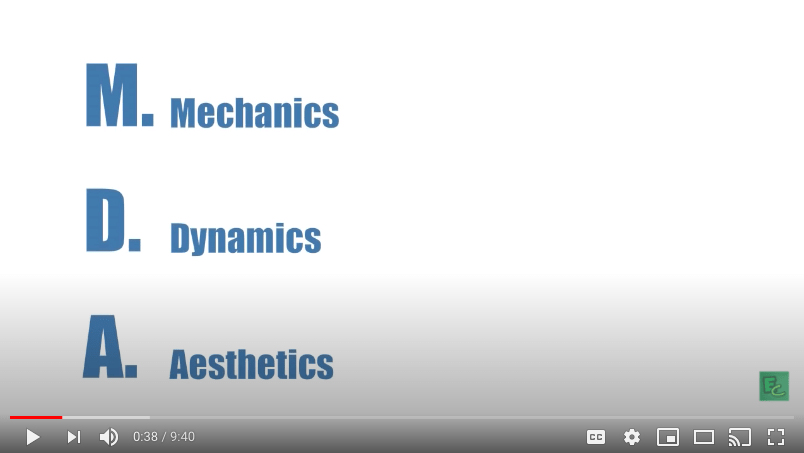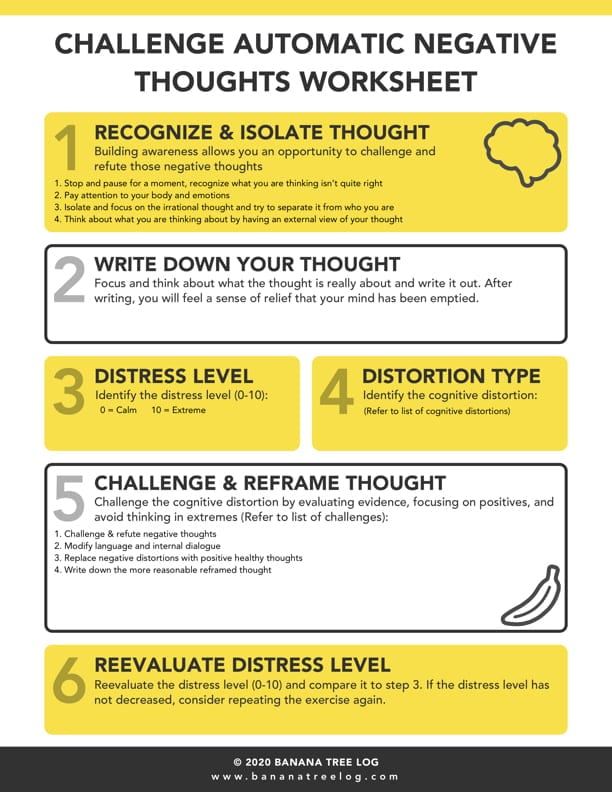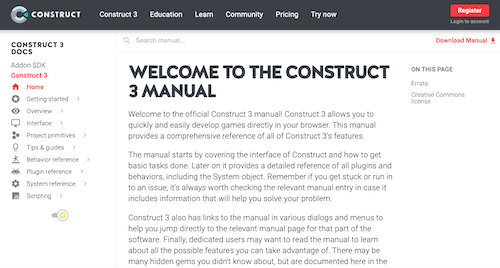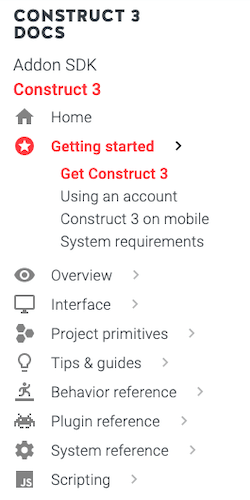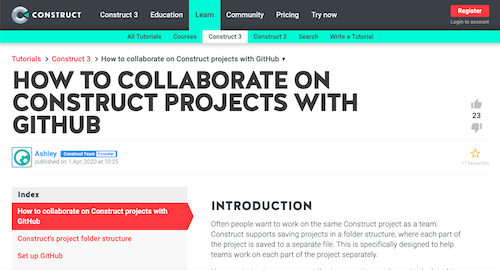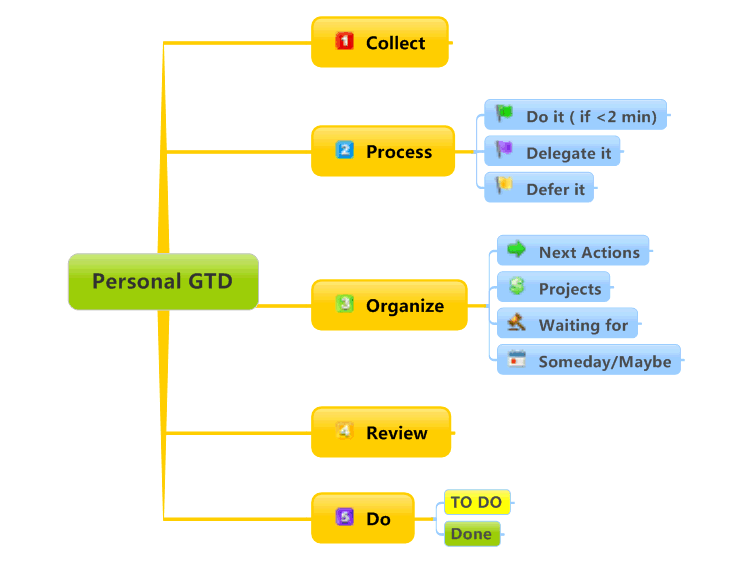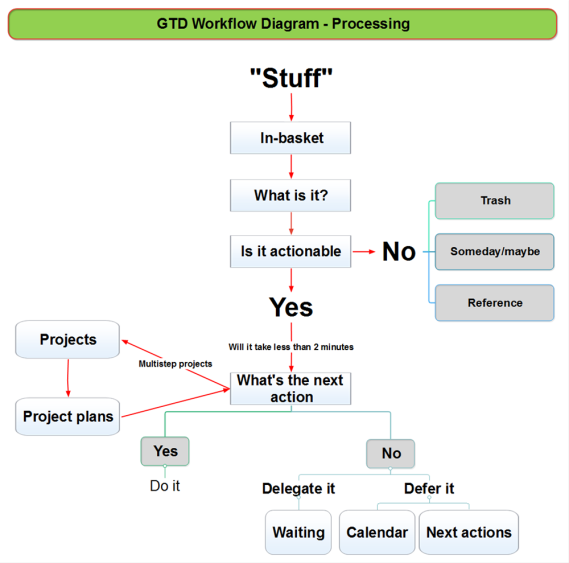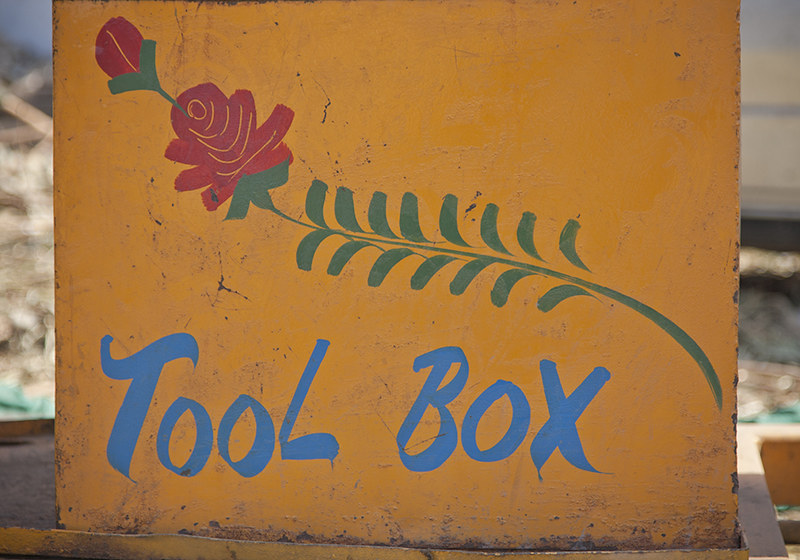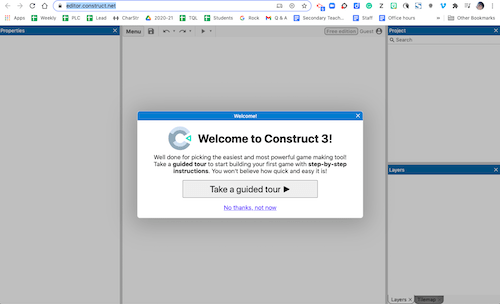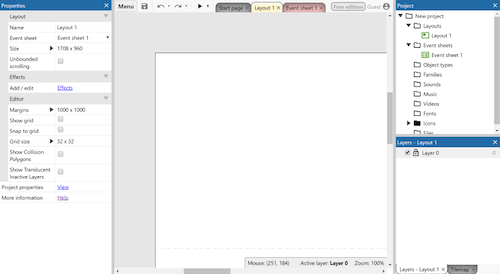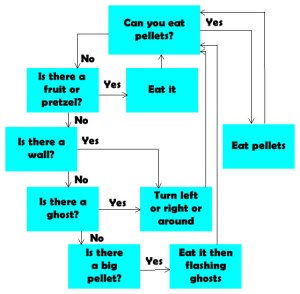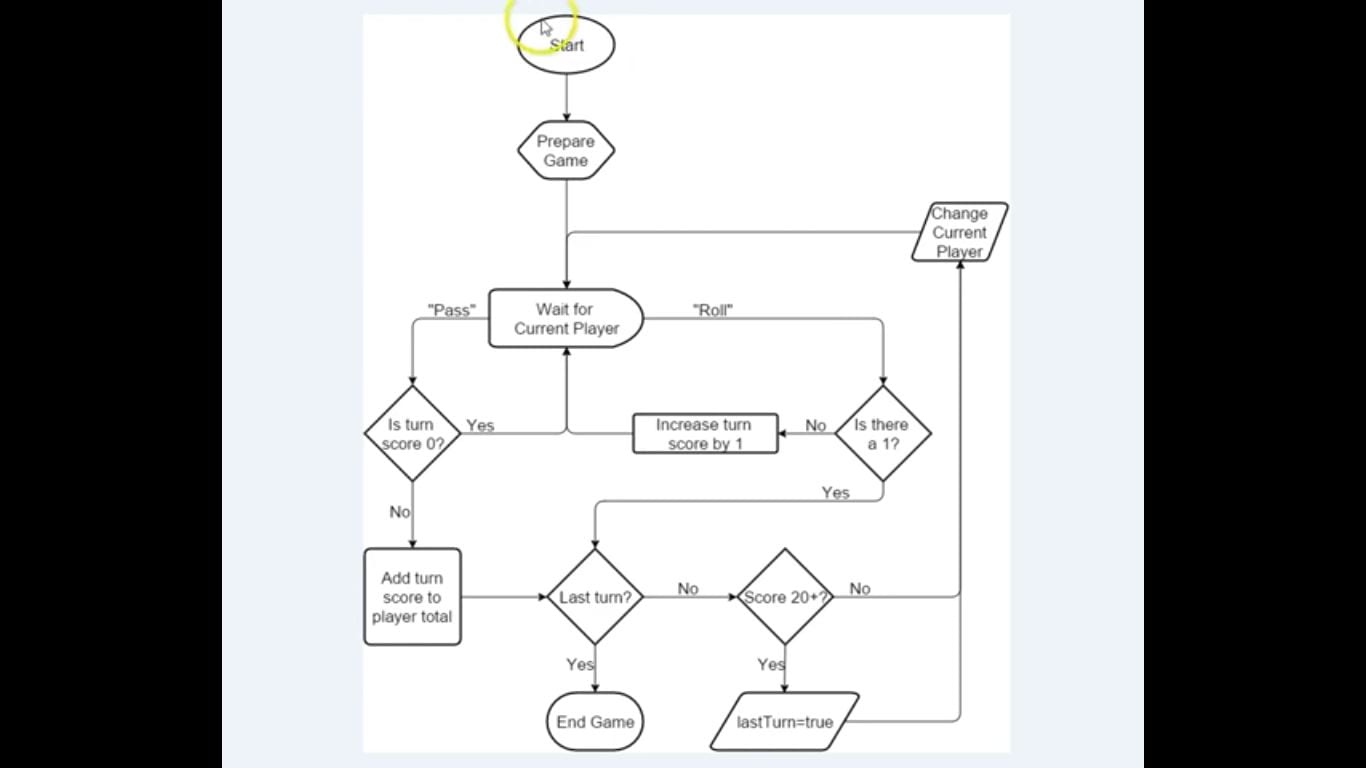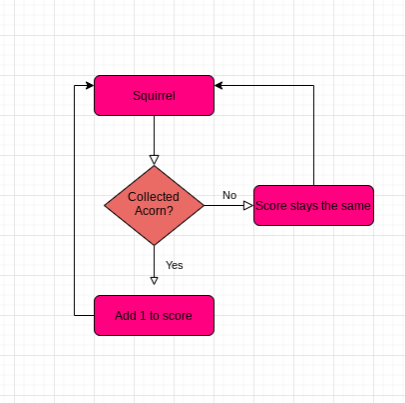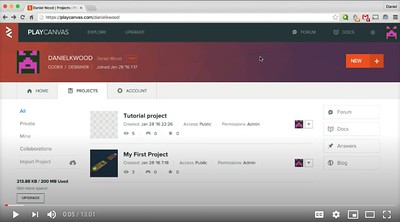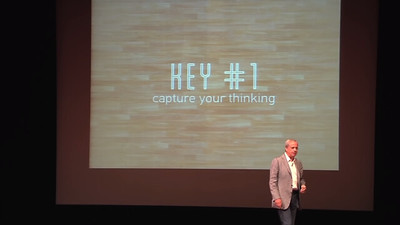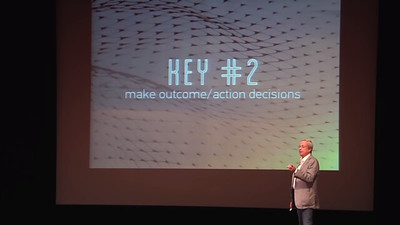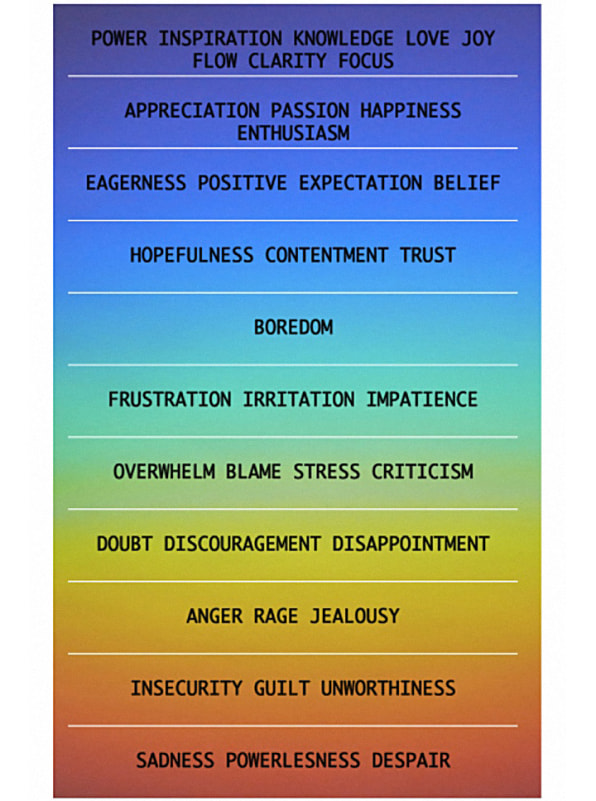| Formal Elements | |
| The Basics | |
| Name of the game | Super Mario Galaxy |
| The platform | Originally on the Wii, but the version I played was on the Nintendo Switch |
| Time played (should be at least 30 minutes) | 2 hours |
| If you could work on this game (change it), what would you change and why? | I would make the camera work similar to how it does in Super Mario Odyssey, where you can move it freely instead of stiffly in one direction. |
| Players | NOTES |
| How many players are supported? | 1-2 |
| Does it need to be an exact number? | No |
| How does this affect play? | The second player controls the cursor used to collect star bits, but doesn’t get to do much else
First player is unaffected |
| Some types of player frameworks:Single Player – like Solitare.Head-to-head – 1 vs. 1, Chess.PvE – Player vs. Environment, or multiple players vs. the game. Common in MMOs like World of Warcraft.One against Many – Single-player vs. multiple (obvy).Free-for-all – Every man for himself (1 vs. 1 vs. 1 vs. 1..). Most common for multiplayer games, from Monopoly to Modern Warfare.Individuals Against the System – Like Blackjack, where the Dealer is playing against multiple players, but those players have no effect on each other.Team Competition – Multiple vs. multiple, i.e. sports.Predator-prey – Players form a circle and everyone’s goal is to attack the player on their left and defend themselves from the player on their right.Five-pointed Star – Eliminate both players who are not on either side of you. | |
| Objectives/Goals | NOTES |
| What are the players trying to do? | Collection – Collect stars in order to power the Comet Observatory, thus allowing you to save Princess Peach |
| Some common objectives include:Capture/Destroy – Eliminate all your opponents pieces (Chess).Territorial Acquisition – Control as much territory as you can, not necessarily harming other players (RISK).Collection – Collect a certain number of objects throughout the game (Pokemon).Solve – Solve a puzzle or crime (Clue).Chase/race/escape – Anything where you are running towards or away from something (playground game Tag).Spatial Alignment – Anything involving the positioning of elements (Tetris or Tic-Tac-Toe or that game at Cracker Barrel).Build – Advance your characters or build your resources to a certain point (The Sims).Negation of another goal – The game ends if you perform an act that is forbidden by the rules (Jenga or Twister). | |
| Rules/Mechanics | |
| There are three categories of (what the book Rules of Play calls) operational rules:Setup – the things you do at the beginning of a game.Progression of Play – what happens during the game.Resolution – How an outcome is determined based on the game state. | |
| Controls | NOTES |
| What controls are used? | L Joystick – Move Mario
R Joystick – Change Camera View
A/B Button – Jump, Swim
X/Y Button – Spin
ZL – Crouch
ZR – Shoot Star Bit
L – Camera Reset
R – Reset Pointer
+ – Pause Menu
– – Suspend Menu |
| Was there a clear introductory tutorial? | Yes, then you find the other controls via billboards throughout the levels |
| Were they easy to understand or did you find yourself spamming the controller? | They were very easy to understand, but I find myself mixing up some of them due to muscle memory with other games combined with getting used to the Switch controls since I was a little more used to the Wii ones |
| Resources & Resource Management | NOTES |
| What kinds of resources do players control? | Star Bits, Stars, Health, Lives, Coins |
| How are they maintained during play? | Star Bits – Counter in the bottom center
Lives – Counter in the bottom left corner
Coins – Counter in the bottom right corner
Stars – Counter in the top left corner
Health – A circle in the top left corner, the highest without a Life Mushroom (not to be confused with a 1-Up Mushroom) is 3 |
| What is their role? | Star Bits – The currency of sorts of the game. Used to feed Lumas in exchange for power ups or even more Galaxies. Can also be used to stun enemies.
Lives – Keep you from getting a Game Over
Coins – If your health is lower than 3 (or if it’s at 4 or 5 if you have the Life Mushroom), coins will raise it back up
Stars – Used to progress the game, Grand Stars are collected after boss battles and progress you even further than normal ones
Health – Keeps you alive and from losing lives |
| A resource is everything under the control of a single player. Could be the money in Monopoly or health in WoW. Other examples are:Territory in RISK The number of questions remaining in 20 Questions Objects picked up during videogames (guns, health packs, etc.)Time (game time, real-time, or both)Known information (like suspects in Clue) | |
| Game State | NOTES |
| How much information in the game state is visible to the player? | Total Information – Most information is available to the player, either through the tutorial at the beginning, basic Mario game knowledge, through various billboards, or just on the screen |
| A snapshot of the game at a single point is the game state. The resources you have, the un-owned properties in Monopoly, your opponent’s Archery skill all count towards the game state. Some example information structures are:Total Information – Nothing is hidden, like Chess.Info per player – Your hand of cards is only visible to you.One player has privileged info – Like a Dungeon Master.The game hides info from all players – Like Clue, where no one knows the victory condition.Fog of War – In video games, where certain sections of the map are concealed if you do not have a unit in sight range of that area. You also cannot see other players’ screens, so each player is unaware of the other’s information. | |
| Sequencing | NOTES |
| In what order do players take their actions? | Real-Time |
| How does play flow from one action to another? | Unlike standard Mario games, SMG doesn’t have a time limit on it’s levels. However, some levels call for you to be quick, others call for you to slow down |
| Some structures include:Turn-based – Standard board game technique.Turn-based with simultaneous play – where everyone takes their turn at the same time (like writing something down or putting a card down in War).Real-time – Actions happen as fast as players can make them. Action-based video games.Turn-based and time limits – You have this long to take your turn. | |
| Player Interaction | Cooperation |
| Some examples:Direct Conflict – I attack you.Negotiation – If you support me here, I’ll help you there.Trading – I’ll give you this for that.Information Sharing – If you go there, I’m warning you, a trap will go off. | |
| Theme & Narrative | NOTES |
| Does it have an actual story structure? | Yes |
| Is it based on a historical event (or similar)? | No |
| Does the theme or narrative help you know how to play? | Yes, somewhat |
| Does it have emotional impacts? | Yes |
| Also, look for en media res (does it start in the middle of the game)? | No |
| The Elements in Motion | NOTES |
| How do the different elements interact? | Very well |
| What is the gameplay like? | It can be frustrating at times, but the astounding soundtrack also makes it calming |
| Is it effective? | Yes |
| Are there any points where the design choices break down? | No |
| Design Critique | NOTES |
| Why did the designer make these particular choices? | The designer likely made these choices in order to make the game look very appealing. Space is beautiful, and SMG really does acknowledge that. The game is also challenging, but not too much so. |
| Why this set of resources? | Since the Mario franchise is so big, it becomes a challenge to make each game stand out, while also following the formula. |
| What if they made different decisions? | If they hadn’t gone as far as they had with the beauty and sounds, along with the story and lore, SMG might not have been as special to me. |
| Does the design break down at any point? | No |
| Graphics & Sound | NOTES |
| Does the game art pair well with the mechanics? | Absolutely |
| Did you find any bugs or glitches? | Not that I know of/can remember |
| What about sound? | The sounds of the game are very pleasing, at least in my opinion.
As for the soundtrack, many agree SMG has the best soundtrack of any Mario game (some go so far as to say any game ever), myself included. Songs like Comet Observatory (which gets grander and grander as you progress through the game), Luma/Family, and Space Junk Galaxy have and still do make me teary eyed both from their beauty and the sheer nostalgia they bring |
| Can you spot any technical shortcuts? | No |
| Various Stages of the Game | NOTES |
| To wrap up, some things to keep in mind (as if there aren’t enough already) as you play: | Remember that most times you will want to use a spin jump rather than a basic jump
Make sure not to waste too many Star Bits on stunning enemies
When swimming in water or flying as Bee Mario, check the air/fly meter |
| What challenges do you face, and how do you overcome them? | As you progress, the levels get harder, and some (mostly boss levels) can be very frustrating, but if you have power-ups and determination, you can get past them |
| Is the game fair? | Yes |
| Is it replayable? Are there multiple paths to victory or optional rules that can change the experience? | Yes; I haven’t finished it quite yet but I believe I’ve seen that there is an ending for when you collect all the Stars |
| What is the intended audience? | People who are into the Mario franchise, 3D platformers, and a game with good lore. |
| What is the core, the one thing you do over and over, and is it fun? | The core is the challenges in each level and most are very fun |



